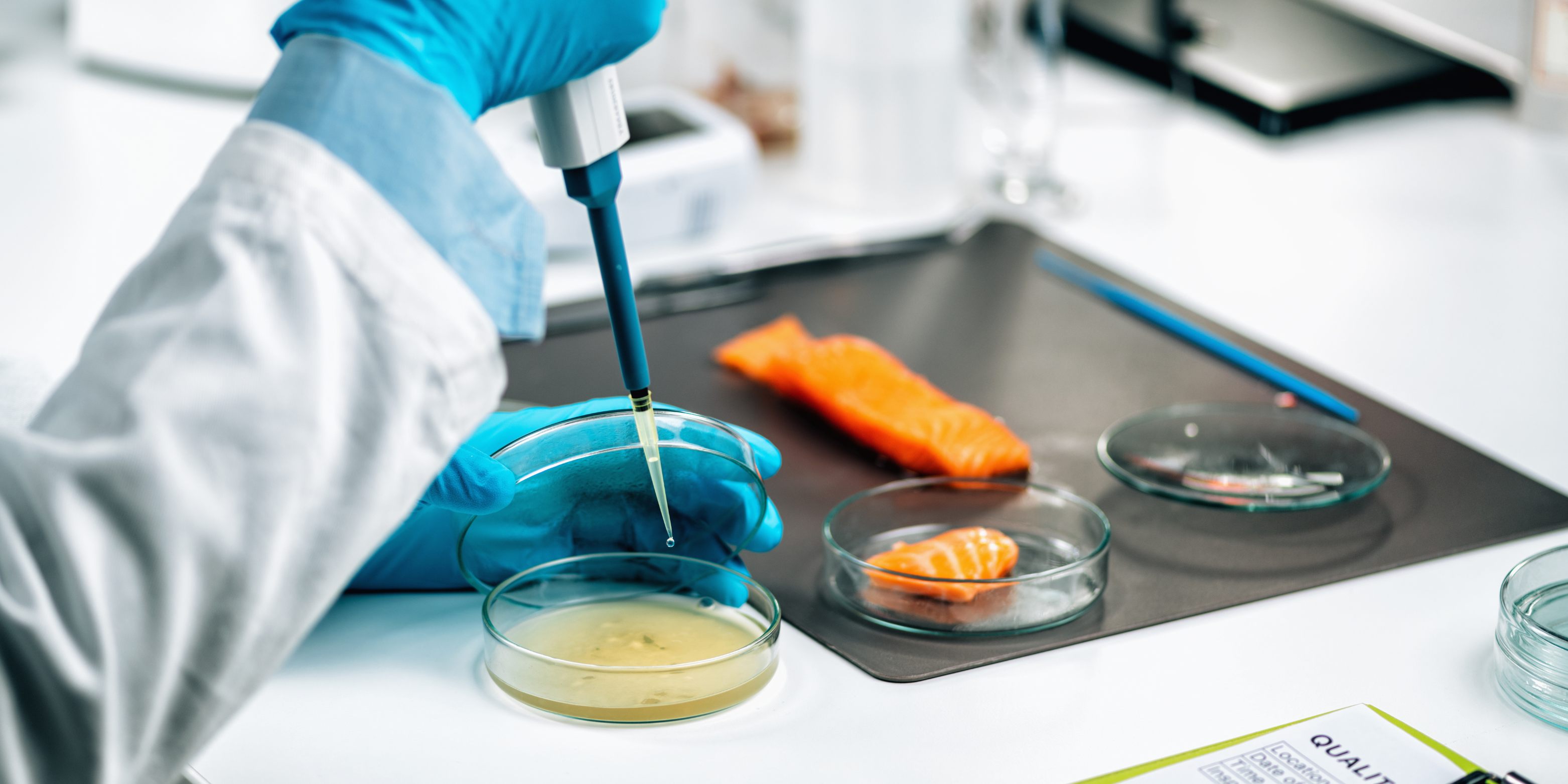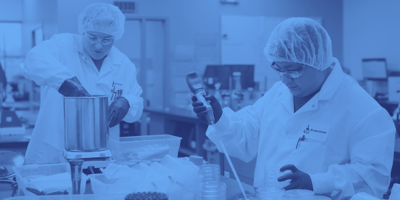Think Your Microbiological Testing of Your Water System Is FDA Compliant?
A Microbiologist’s Guide to Method Verification: Applying the ISO 16140-3 Verification Standard to Food Safety Methods in Your Laboratory

It is quite common to hear the terms “validation” and “verification” used interchangeably amongst those of us who work in Food Safety and, up until the publication of ISO 16140-3, there was no globally accepted standard developed to help labs truly differentiate between the two. For context here, we define terms in the following way:
Validation is proof that the method “works.”
Verification is proof that the user can perform that method correctly.
Described another way using what I like to call the “airplane scenario”, the testing needed to determine that the airplane works is validation. Testing whether the flight crew can properly fly the aircraft is verification. Applying this to food safety, global air travel, or anything in between, the message is the same. Both terms and the work behind them are quite critical to the quality of a product or a service.
Background and Concept
The development of this standard is part of the larger ISO 16140 series of standards dedicated to validation and verification of methods. Whether these methods are alternative, rapid methods or cultural methods, the guidance covers a wide range of options for method developers, regulatory agencies, and end-users. To date, there have not been many protocols on verification available. There are only a few available online, and these are specific to government agencies or accreditation bodies. A standard created with an international view has been needed for some time.
Why does this matter? If you are an ISO 17025 accredited laboratory, it is a requirement to verify that you can properly perform each method under your accreditation. However, if you are not an ISO 17025-accredited laboratory, it is still important to conduct verification of the methods used in your laboratory.
This standard covers three types of validated methods: Qualitative, Quantitative, and Confirmation/Typing. That is, methods traditionally used for pathogen detection, indicator testing, or confirmation of presumptive results. If you are looking to onboard a new method or verify an existing one, Part 3 can be applied if it has been FULLY validated – meaning BOTH a comparative study AND an interlaboratory study have been conducted, compared to a reference method.
Methods that have been “fully validated”, are methods validated following the protocols:
- ISO 16140-2 and ISO 16140-6
- ISO 17468
- AOAC INTERNATIONAL
Implementation
Two kinds of verification are distinguished in the standard, and you will need to perform BOTH, to complete method verification:
- The first one is called implementation verification and is conducted FIRST because its purpose is to demonstrate that the user laboratory can perform the method correctly.
- To demonstrate this, the user laboratory tests one of the (food) items that was used in the validation study and then compares the result obtained from the verification test to the result obtained from that (food) item during the validation study.
- The second one is named (food) item verification. Its purpose is to demonstrate that the user laboratory can test the types of (food) items it claims within the scope of their laboratory application.
- And because not all (food) items can be included in the verification, the user laboratory is asked to test challenging (food) items.
The standard includes excellent guidance on how to inoculate samples and how many replicates are appropriate for each product type. Clear acceptance criteria are also included.
Frequently Asked Questions
As a laboratory that is involved in Method Validation of alternative methods for both ISO and AOAC certification, we often receive questions about the proper way to approach verification and how it relates to validation. I have included here some Frequently Asked Questions that you and your team may have about the verification process or the standard itself:
- Do we have to verify every product type that we test?
- You do not have to verify every product type but rather the categories of products you test. The scope of validation for a method will include the categories of food products that have been included in the claim (RTE foods, raw meat, produce. Dairy, etc.). This approach will also be applied to your products that you will be testing in your lab. It is suggested to group similar products into categories and identify representative products that are the most challenging in that category. This may include those with inhibitors, low moisture, pH, or salt content as some examples.
- How do I know what category my product is in?
- Annex A in ISO 16140-2 provides an excellent overview of Food and Feed categories to use as your guide. These categories are completely harmonized by both AOAC and ISO certification bodies.
- What if my product includes ingredients from several categories?
- The use of Annex A can provide examples of foods with multiple ingredients and may often fall into the category of “Multicomponent Foods”. Upon review, it may be that if it is a highly processed product such as a seasoned meat product or a spice, it could fall into a category of RTE meat or Ready-to-cook meat. Spices are processed vegetable products. This is often a challenge to navigate through at first and Q Laboratories can provide guidance for you and your team.
- When do we have to have our methods verified?
- The transition period to have both alternative and reference methods is 2027. This means that for ISO 17025 accredited labs, the methods used in your laboratory need to have been verified. If this has already been conducted, you do not need to reverify against this standard unless there has been a major change to the method or if you want to expand the scope of food types you will be testing in your laboratory.
- Can I verify multiple methods with the same samples?
- Absolutely! This is just a matter of using an inoculation scheme to verify the target for each method.
- I’m a food company using a third-party lab. Can I conduct the verification for them if they are my products?
- This is the case of the airplane vs the flight crew. If the method is being performed in a third-party lab, the method must be verified by the analysts in that lab. In other words, the data generated must be “owned” by that laboratory.
- Do I have to repeat the Implementation Verification if I add matrices to my Laboratory Scope?
- The only time implementation would need to be repeated is if there was a major change to the method (enrichment scheme, assay components, time/temperature)
- The only time implementation would need to be repeated is if there was a major change to the method (enrichment scheme, assay components, time/temperature)
Curious to learn more about Method Verification for your organization? Need assistance with the study design and organization? Contact Erin Crowley, Chief Scientific Officer at ecrowley@qlaboratories.com
If you would like to present this concept to your team or learn more, the ISO website has several presentations dedicated to this standard which are accessible here: https://committee.iso.org/sites/tc34sc9/home/essential-information/content-left-area/validation-of-methods/method-validation-and-method-ver.html



.png?height=200&name=ORA%20Blog%20Image%20(New).png)